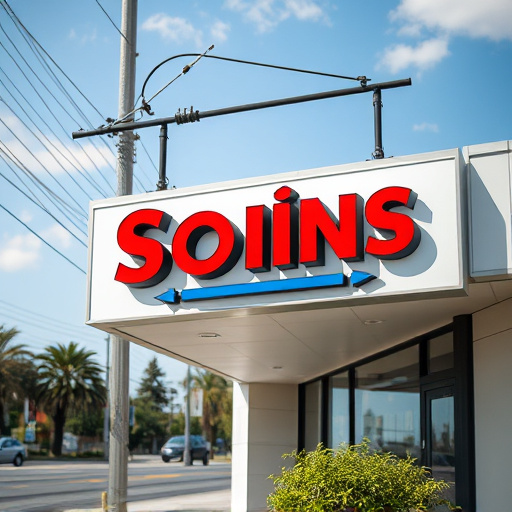Successful promotional campaigns require understanding target audience demographics and tailoring materials accordingly. Use niche-specific pieces like digital videos for car enthusiasts and physical brochures for traditional audiences. Define clear goals, budget, and choose durable, brand-boosting items like car cleaning kits or scratch protectors. Balance quality and cost to maximize return on investment. Utilize diverse promotional mediums from print to apparel, leveraging custom graphics and accessibility features for enhanced brand visibility and audience engagement.
Selecting the ideal promotional materials is key to a successful marketing campaign. To ensure maximum impact, start by understanding your target audience’s preferences and behaviors. Define clear campaign goals and allocate a realistic budget. Explore diverse promotional options like brochures, videos, or digital content. Consider what resonates best with your audience—tangible items or immersive experiences—to create memorable campaigns that drive engagement and achieve desired outcomes.
- Understand Your Target Audience
- Define Campaign Goals and Budget
- Consider Different Types of Promotional Materials
Understand Your Target Audience

Knowing your target audience is a cornerstone when selecting promotional materials for campaigns. Understanding their demographics, interests, and behaviors ensures that the chosen promotional pieces resonate with them on a personal level. For example, if you’re marketing premium automotive services, your target audience might be car enthusiasts who appreciate high-quality finishes and cutting-edge technology. Promotional materials like sleek brochures or digital videos showcasing the precision of professional PPF (Paint Protection Film) installation could be highly effective in engaging this niche market.
Tailoring your approach to different audiences is key. For a younger demographic, social media platforms and interactive content might be ideal, while for more traditional audiences, physical promotional materials like postcards or flyers could have better reach. By aligning your promotional strategy with audience preferences, you increase the likelihood of capturing their attention and conveying your message effectively.
Define Campaign Goals and Budget

Before diving into the world of promotional materials, it’s crucial to define your campaign goals and allocate a realistic budget. Understanding what you aim to achieve is the cornerstone of an effective marketing strategy. For instance, if your focus is on increasing brand awareness for your automotive detailing services, choose promotional items like branded car cleaning kits or scratch-resistant protective films that align with your service offerings.
Your budget will dictate the type and quantity of promotional materials you can produce. It’s essential to strike a balance between investing in high-quality items that have a longer lifespan and lower-cost options that still convey your brand message effectively. For example, while custom car stickers might be more affordable, durable scratch protectors for cars could offer better return on investment by appealing to a wider audience and safeguarding against potential damage.
Consider Different Types of Promotional Materials

When selecting promotional materials for your campaigns, it’s essential to understand that various options cater to different needs and preferences. From traditional print media like brochures and flyers to digital displays and apparel, each type offers unique advantages in reaching your target audience. For instance, ceramic coating on promotional items provides a sleek, modern finish that enhances brand visibility while offering durability benefits. Custom graphics play a significant role in making your materials stand out, allowing for creative designs that align perfectly with your campaign’s theme.
Additionally, consider the accessibility and engagement factors. Ceramic window tinting, for example, can transform vehicles into mobile advertisements, providing constant exposure as they navigate public spaces. Promotional apparel, such as t-shirts or caps, encourages brand interaction as people engage with your representatives or even with each other, wearing your company’s message proudly. Understanding these diverse promotional materials and their potential impact will enable you to make informed decisions, ensuring that your campaigns resonate effectively with the intended audience.
When selecting promotional materials, understanding your target audience and defining clear campaign goals are key. By considering various types of promotional items and aligning them with your budget, you can create an impactful and successful marketing strategy. Remember, the right promotional materials can significantly enhance brand visibility and leave a lasting impression on your audience.














